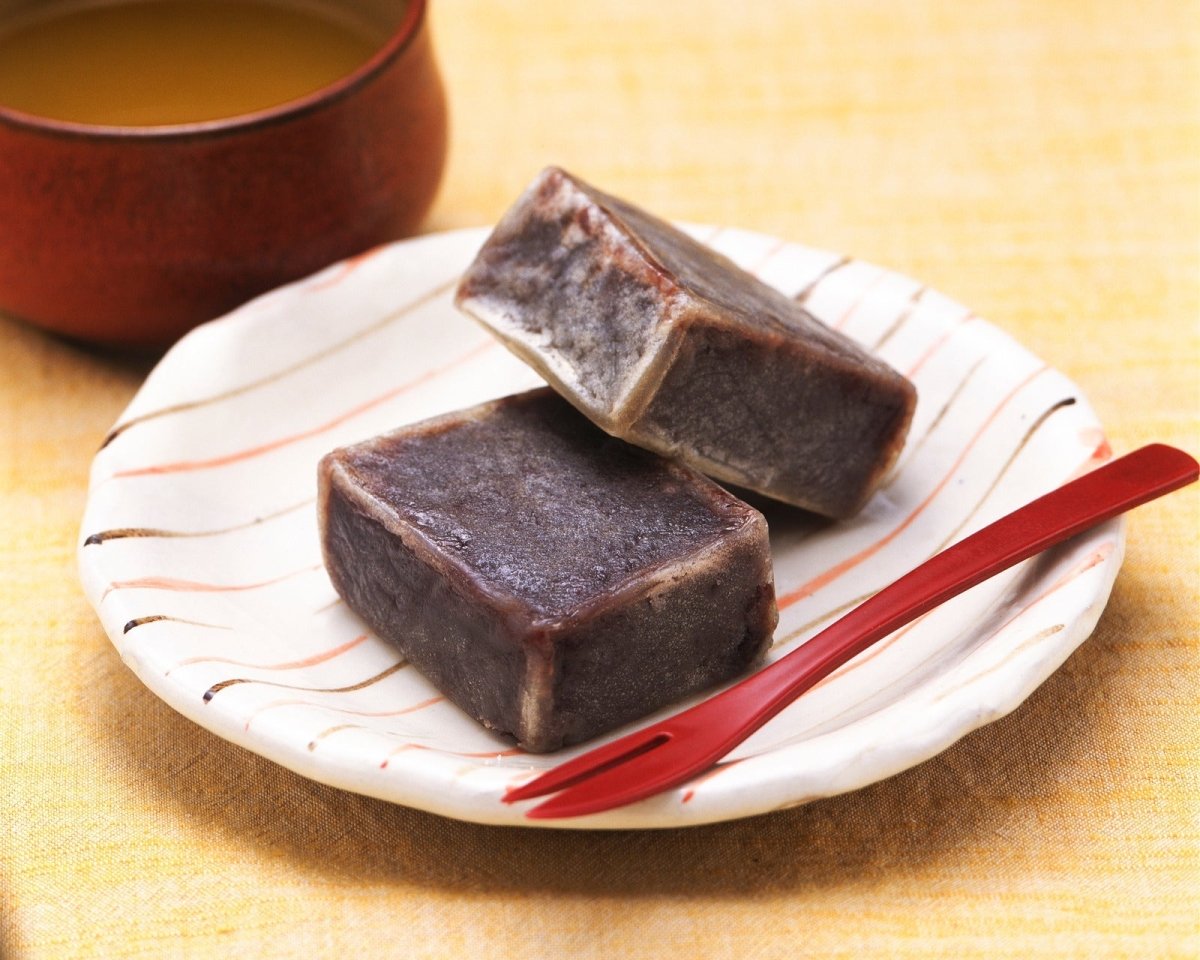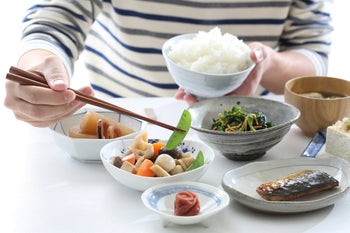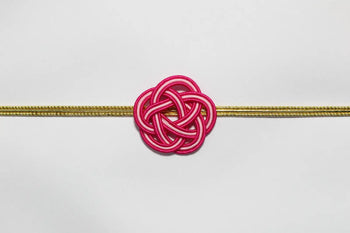

Kintsuba is a beloved traditional Japanese sweet, cherished for its elegant simplicity and deliciously rich flavor. Made primarily from sweetened bean paste coated in a thin layer of batter, this sweet has a delicate yet satisfying texture that has captivated generations. While it is most commonly enjoyed with a cup of green tea, kintsuba has also gained popularity as a souvenir and gift, thanks to its beautiful presentation and cultural significance. In this article, we will delve into the history, making process, and various forms of kintsuba, exploring why this classic treat continues to hold a special place in the hearts of those who savor it.
What is Kintsuba?
Kintsuba is a type of wagashi (traditional Japanese confection) made from a dense, sweetened bean paste, typically red adzuki beans. The bean paste is shaped into a square block, coated with a thin batter made from flour and water, and then lightly fried on a griddle.
One of the distinguishing features of kintsuba is its minimal use of sugar, allowing the natural flavor of the beans to take center stage. Unlike other sweet bean-based treats like yokan, which has a firmer and more jelly-like consistency, kintsuba is known for its softer, more yielding texture. This makes it a popular choice for those who appreciate subtle, natural sweetness in their confections.

The History of Kintsuba
Kintsuba traces its origins back to the Edo period (1603-1868), a time when Japan was flourishing culturally and economically. Its name, which means "sword guard," is believed to have originated from the fact that the original round shape of the sweet resembled the guard of a samurai sword (tsuba). Over time, as the sweet became more widespread, it was adapted into a square shape for ease of cutting and serving, giving rise to the modern form of kintsuba that we know today.
Originally, kintsuba was a specialty of the Kansai region, particularly in Kyoto and Osaka, where it was served as a refined dessert in tea houses and during special occasions. As its popularity grew, it spread to other parts of Japan, including Edo (present-day Tokyo), where it became a favorite among the urban populace. The simple ingredients and delicate sweetness of kintsuba made it a versatile treat, suitable for both everyday enjoyment and as a gift for formal occasions.

The Process of Making Kintsuba
The art of making kintsuba requires patience and precision, as each step must be carefully executed to achieve the desired texture and appearance. Here’s a closer look at the process:
1. Preparing the Sweet Bean Paste
The heart of kintsuba lies in its bean paste, which can be either tsubuan (chunky) or koshian (smooth). The beans are soaked, boiled, and then cooked with sugar until they reach a thick consistency. The key to a perfect bean paste is balancing the sweetness with the natural earthy flavor of the beans, ensuring that the paste is neither too sweet nor too bland.
Once the paste reaches the right consistency, it is molded into a rectangular or square block and allowed to cool. This step is crucial, as the firmness of the paste will determine how well it holds its shape during the subsequent frying process.
2. Coating and Frying the Bean Paste
After the bean paste has been shaped, it is coated with a thin layer of batter made from flour and water. The batter should be just thick enough to create a light crust but not so thick that it overpowers the delicate sweetness of the filling. The coated block is then placed on a hot griddle and lightly fried on all sides.
This frying process requires skill and attention to temperature control, as the goal is to create a crisp, golden-brown crust without overcooking the interior. The result is a kintsuba with a beautifully browned exterior and a soft, melt-in-the-mouth filling.
3. Final Touches and Presentation
Once the kintsuba is fried, it is allowed to cool before being packaged. Presentation plays an important role in Japanese confectionery, and kintsuba is no exception. Each piece is often wrapped in delicate paper or placed in elegant boxes, making it a popular choice as a gift for special occasions like weddings, tea gatherings, or seasonal celebrations.
Variations of Kintsuba
While traditional kintsuba is made with red adzuki bean paste, there are many regional and modern variations that cater to different tastes. In some parts of Japan, shiroan (white bean paste) is used, offering a milder, creamier flavor. Other variations include fillings made from matcha (green tea) or chestnuts, adding a new dimension of flavor to the classic treat.
Some contemporary artisans have even experimented with unique fillings like sweet potato, pumpkin, or sakura (cherry blossom) to create seasonal versions of kintsuba. These modern twists allow the sweet to remain relevant in a changing culinary landscape, attracting both traditionalists and those looking for new experiences.

The Role of Kintsuba in Japanese Tea Culture
Kintsuba is often enjoyed alongside green tea, as its mild sweetness pairs well with the slightly bitter notes of matcha or sencha. The balance of flavors and the delicate nature of the sweet make it an ideal accompaniment during tea ceremonies, where the emphasis is on mindfulness and appreciation of subtle tastes.
The soft, smooth filling of kintsuba contrasts beautifully with the warm, slightly astringent tea, creating a harmonious balance that is central to the philosophy of Japanese tea culture. In this context, kintsuba is more than just a dessert—it is a way to savor the moment and connect with the seasonal rhythms of nature.
Kintsuba as a Symbol of Japanese Craftsmanship
The making of kintsuba is a testament to the artistry and dedication of wagashi artisans. Achieving the perfect balance of sweetness, texture, and presentation requires years of practice and a deep respect for tradition. Many artisans take pride in preserving the time-honored methods of making kintsuba while also being open to new interpretations and flavor combinations.



